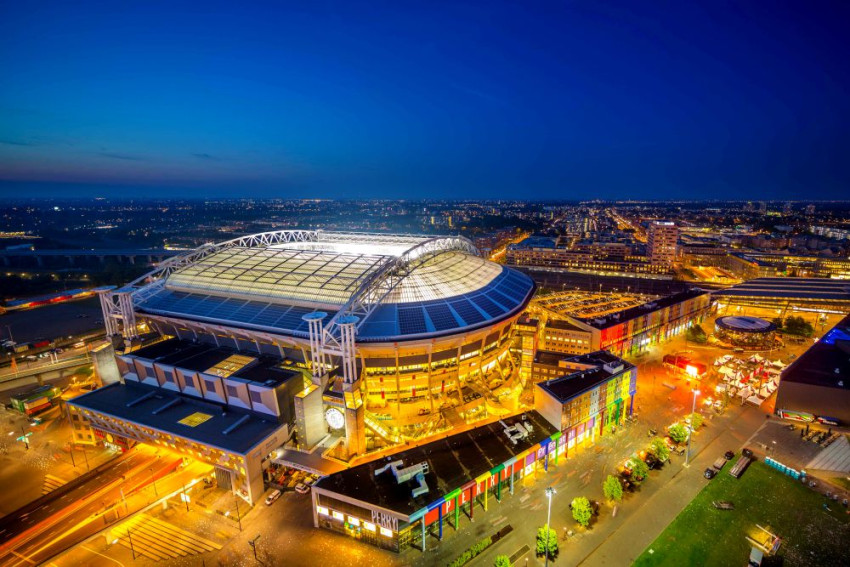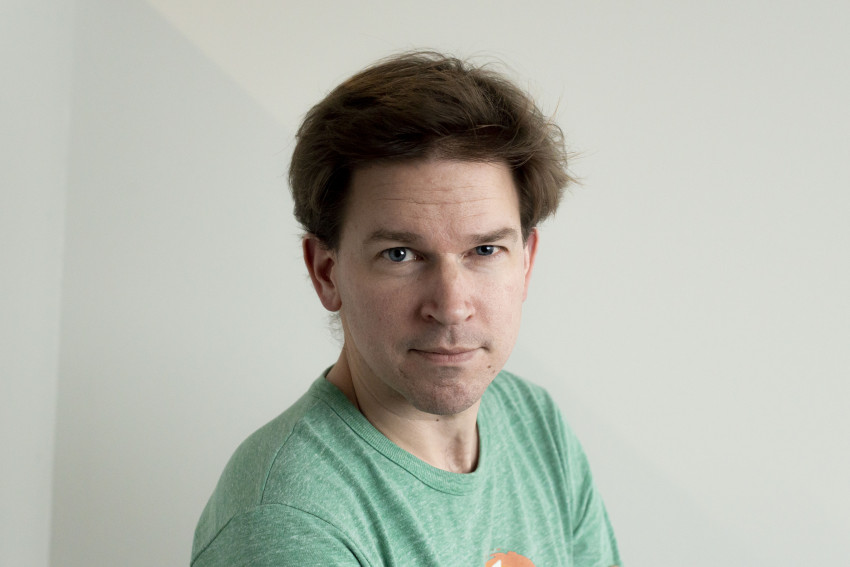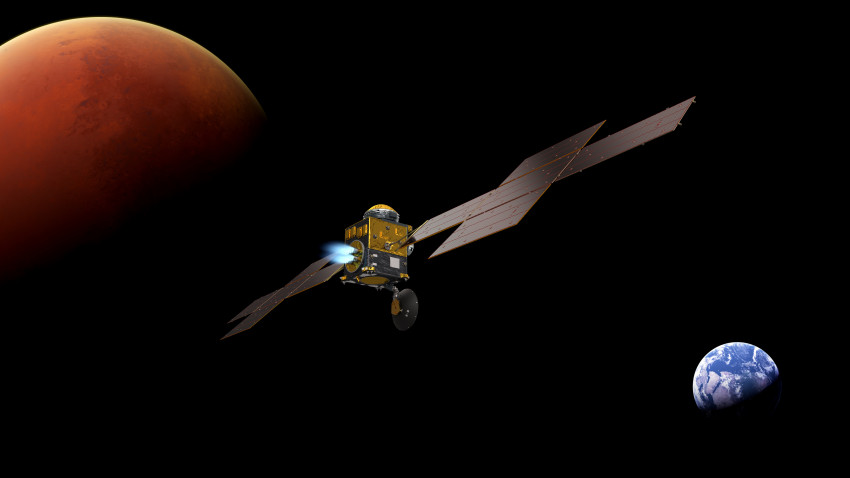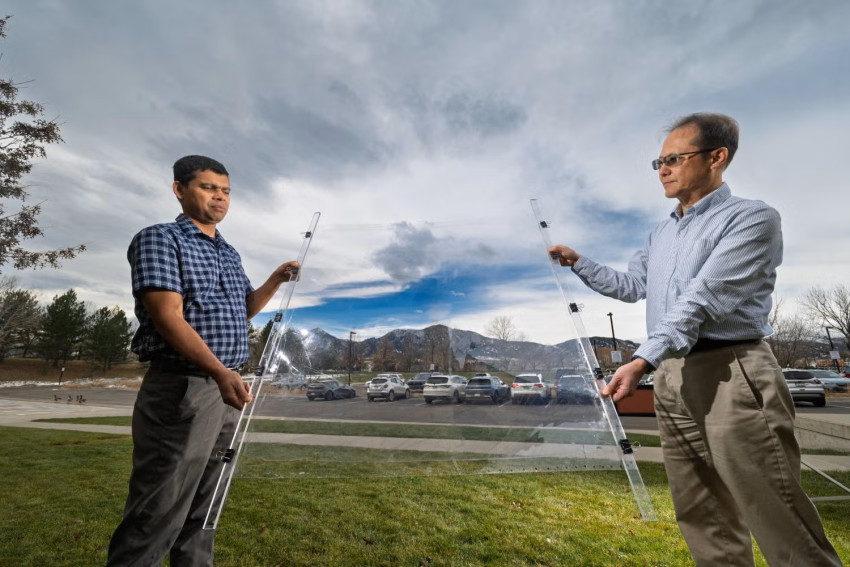
Solar power generated by ArenA stored in car batteries
A 2.8-MWh storage facility built from the batteries of electric Nissans has been installed at the Johan Cruijff ArenA. Some of these are used batteries that are being given a useful second life.
The batteries will store the solar power generated by the 4,200 panels on the edge of the roof of the ArenA, which have a combined peak capacity of 1.1 MW.

The storage capacity is sufficient to feed the stadium’s peak-power energy demands for an hour. If kitchen facilities and similar are not used, the complex can run on batteries for three hours. The stadium also has a back-up system composed of diesel generators. The capacity of the battery pack is comparable to a wind turbine: about 3 MW.

As the stadium is by no means always in use, various load management methods have been devised. 18 charging stations will initially be installed in the stadium’s car park. This number will later be increased to 200, with the additional option of providing the ArenA with power from connected cars. Those visiting an event in an electric car can therefore bring energy and sell it to the Johan Cruijff ArenA, while retaining enough in the battery for the drive back home.
The ArenA will also supply power to its neighbours, including music venues Ziggo Dome and Afas Live.

The batteries are supplied by Nissan. The company exchanges battery packs in its electric Leaf for new ones when these no longer perform satisfactorily, i.e. at around 70% of their original capacity. However, 70% is always more than enough for stationary storage, so this residual life is being exploited at the Johan Cruijff Arena. Moreover, these used batteries are about 40% cheaper than new batteries with equal capacity.
The batteries are disassembled and installed in racks with new power controls. Slightly less than half of the batteries are enjoying a second life, as the majority are new, which is simply a matter of space according to a spokesperson of Eaton, the company that delivered the electronics. New batteries are on full capacity, so less of them are needed to get a certain amount of MWh storage.
The idea of a second life for batteries is not new. Experiments have already been carried out on man-made island Pampus, and BMW supplied car batteries to the Princess Alexia Wind Farm near Zeewolde.
If you found this article interesting, subscribe for free to our weekly newsletter!






